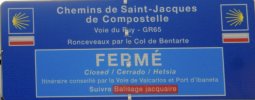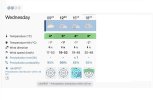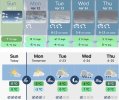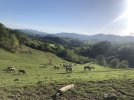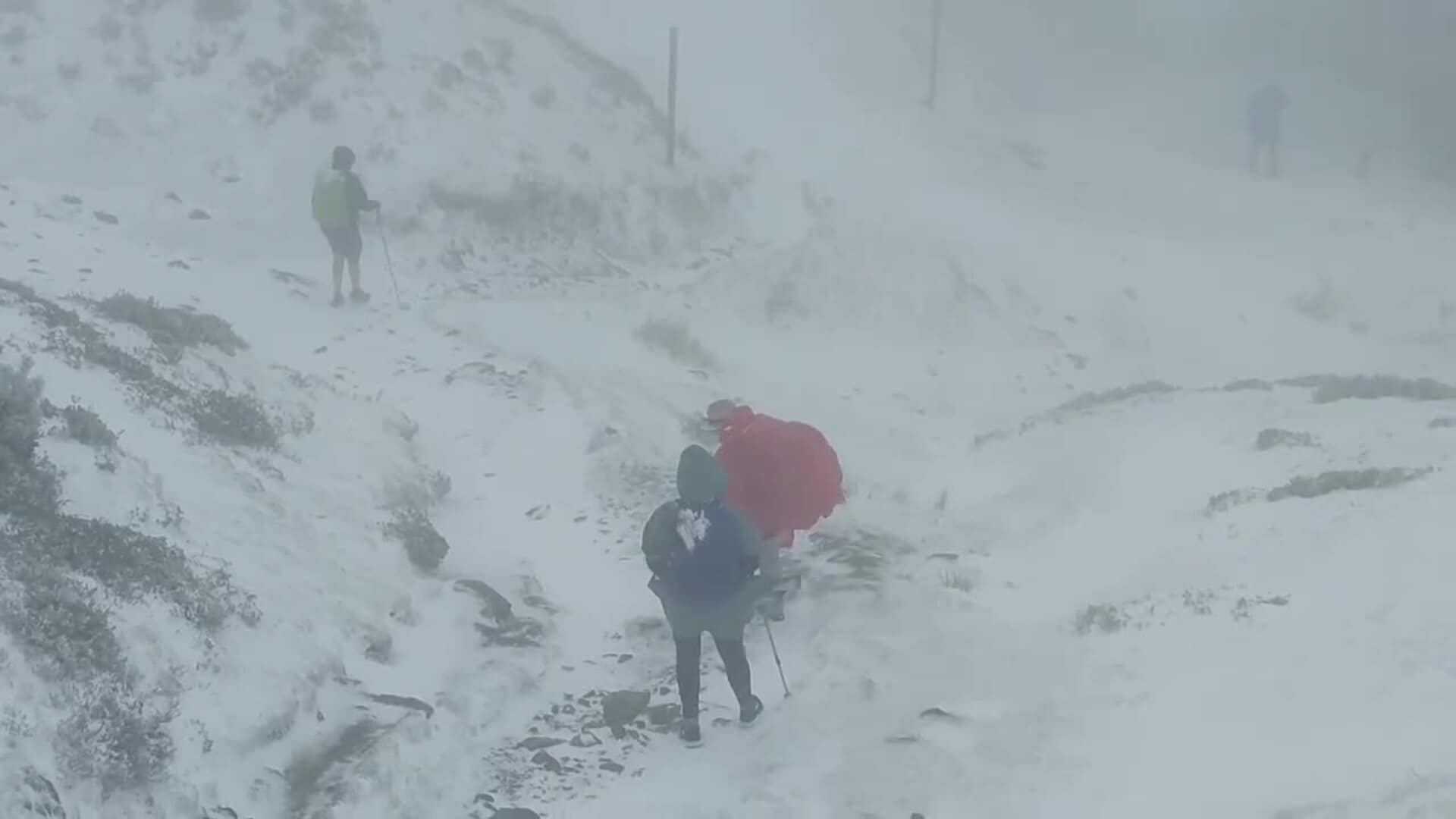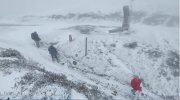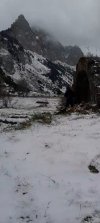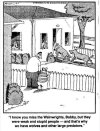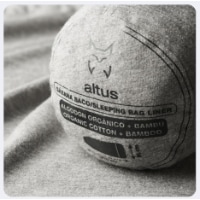When one watches the behaviours on the Lepoeder pass seen in the EFE video, one understands better why there are these "rescue" operations. This is not a dangerous mountains situation as it is commonly understood. Nobody would dream of speaking about closing such a trail to the right and left in the Pyrenees or in the Alps, let alone actually have it closed by some authority or other during April to October.
What I see in the video are persons who move relatively fast and confident; quickly consult their mobile phone to see where they are and where to go; descend fast with legs apart, making short zig-zags, quickly assessing where to put the foot next, using poles on both sides to assist a bit with balance. Then there others who, I don't know how to describe it in English, totter downhill, hesitant, feet close together and parallel, with both poles ahead of their bodies stuck into the soil, slipping even, and not knowing where to go, is it this way or that way, walking forwards a bit along the road and then backwards again, they may have been given the sheet with the detailed illustrated map as a handout in SJPP but now it is in the backpack and with the weather it is too inconvenient to get it out and look at it. One pilgrim walker wears a summer strawhat and another one wears shorts and has bare legs.
I am not dissing these people personally. They made it to the Lepoeder pass in one piece and under their own steam and they did not need the Burguete Bomberos. But I think it is symptomatic.
Of course now someone will come along and explain how much that strawhat warms in wintery conditions or that it is better than nothing, and the pilgrim with the bare legs will be from England, Wales or Scotland and has worn shorts in April since he was a small boy in kindergarten and he is not going to change his habit for one day on the Route Napoleon or he prefers that his skin gets wet by snow, rain and hail instead of the legs of any long trousers getting wet and clinging to his skin.


 www.diariodenavarra.es
www.diariodenavarra.es











